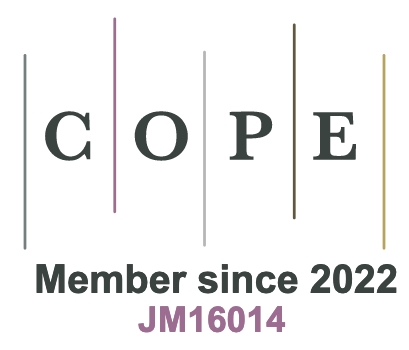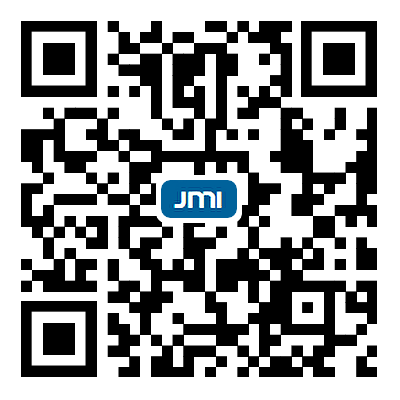fig2

Figure 2. (A) Wannier functions of d orbitals and π* orbital coupling in O2 molecules with various adsorption configurations; (B) Correlation between adsorption strength and reaction barrier, with variation of -ICOHP for M–Oα and Oα–Oβ bonds as a function of







